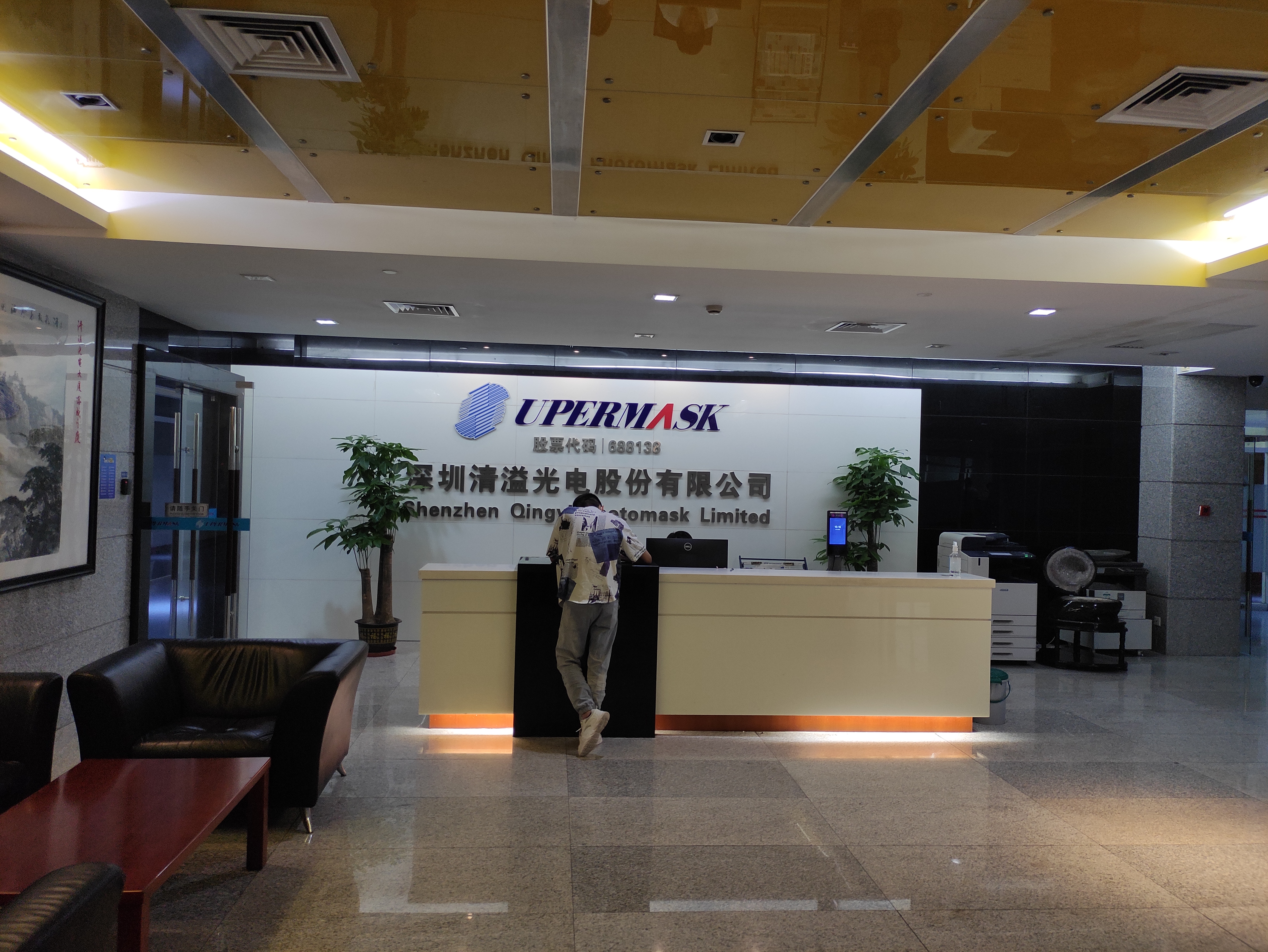by the way
The nova 12 series will go on sale directly on the 26th without a launch event, same mate60
nova12 778G 4G
nova12 pro kirin 8 or kirin 9000s 5G
nova12 ultra Kirin 9000s 5G.
I have already posted that numerous times on this thread.
I don't know if the N5 node will be used in Huawei's phones next year, but it's true that it's already in small-scale mass production...
N+3 transistor density of around 140MTr/mm2
I can assure it will not reach 140 next year. Yes, I know 定焦数码 posted N5 will be 135-140, but based on what hvpc said about CD that SMIC is working on right now, it's not sufficient for that kind of improvement. At best, you get there in 2025.
LMAO, Are you phishing? 28nm DUVI has been completed by the end of 2022, 7nm duvi will be completed in 2023
在活动自由交流环节,有学生向朱煜提问其课题组研发的工件台和ASML公司差距。朱煜回应称:目前课题组研制的工件台在大的代际上与ASML公司最先进工件台(2000系列以上产品)处于同一水平。但在小的代际上与ASML的2000系列以上产品还存在一代的差距,再迭代一次后就可以追上国际先进水平
“工件台”means the dual-stage system
Have a little respect for people on this forum.
Yes, SMIC did get awarded for validating domestic equipment of 28nm. That does not mean they have a full 28nm process
Again, SMIC does have Arfi scanner. That does not mean they have finished validating it or that they are using it in HVM. It also does not mean they are using it for 28nm process. They could very well be using it for 40nm process.
After all, ICRD started testing their SSA800 on 55nm process
Based on what Havok said before, it seems like they made some improvement to the system since early 2022 and uses planar grating laser interferometer which allows the machine to be suitable for Finfet production. However, all this remains to be tested out in practice. This is from Havok in February. Note that HIT just completed this in 2022. So the one SMIC is testing out should be able to do 14nm. In fact, internal goal of SMIC is to have fully domestic process by end of 2024.
消息人士透露,虽然比原计划推迟了2年,但是目前进展已经顺利。
大家都知道,所谓的0贰砖项的GKJ,就是28nm制程节点的GKJ。按照项目目标规定,该GKJ只能用于28nm节点,无法通过多重曝光应用于14nm节点。
虽然都是采用duv光源的浸润式原理的机器,但是14nm比28nm的机器的各项精度都要提升,其中最重要的技术难点就是GKJ内部测量的定位精度要大幅提高,因此14nmGKJ的内部测量仪器就必须从28nmGKJ的多轴激光干涉仪,升级为平面光栅激光干涉仪,只有这样才能满足掩模工件台、硅片双工件台和投影物镜之间复杂的相对位置、姿态测量需求,保证光刻机的整体套刻精度。
2023年之前,这个平面光栅激光干涉仪没有搞定,所以GKJ也就是28nm节点适用,无法更进一步提升至14nm,要等下一代改进版才行,不过,幸运的是哈工大这块去年底搞定了,原本全球GKJ巨头们都必须依赖英国和美国的平面光栅激光干涉仪,但是现在中国的光刻机不再需要了。
消息人士透露:“哈工大的这个激光干涉仪已应用在350nm至28nm的所有国产GKJ上了。”
新鲜出炉的平面光栅(极其昂贵)图:
华卓原本计划是用多轴激光干涉仪来实现符合28nm精度的双工件台,因为ASML在28nm节点的机器就是如此,到了14nm节点的时候ASML才转换到了平面光栅,可是华卓没有如同ASML那样顺利搞定,而是卡在这里相当长一段时间,华卓感觉难度很大,虽然也能最终搞定,但是必须比原计划大大的推迟了。 有了这个平面光栅,就解决了华卓的燃眉之急。 顺便也提升了双工件台和整个机器的精度,“使得目前这个28nm节点浸润式DUV光KJ,可以通过双重曝光支持14nm制程”——消息人士透露。
Having said all of this, I also wouldn't be too concerned whether or not it can do 7nm down the line. They have enough ASML scanners for that purpose.
If we are still stuck on EUV by the time SMIC have fully ramped Finfet production with ASML scanners, then we got bigger problems than we have now


